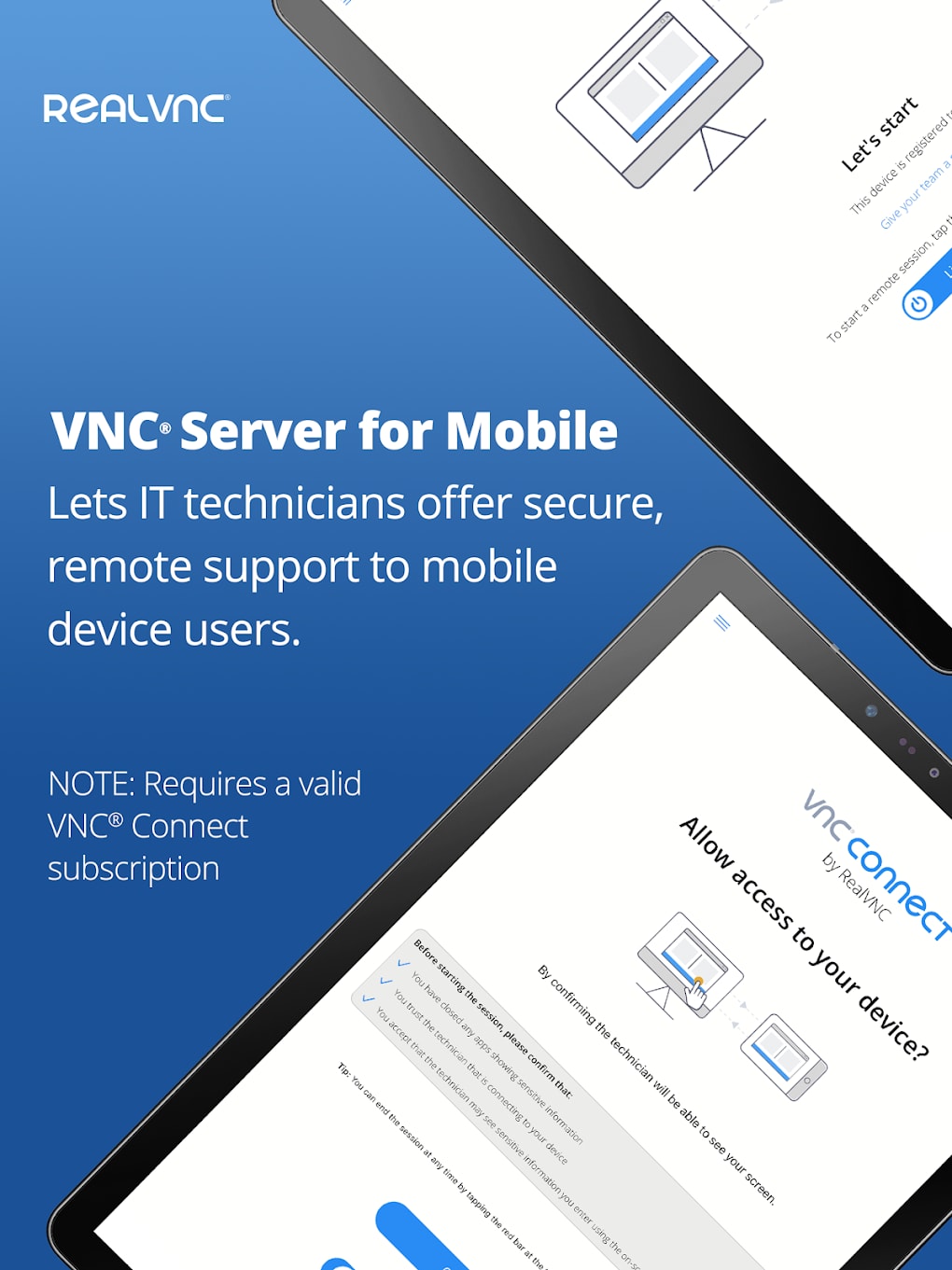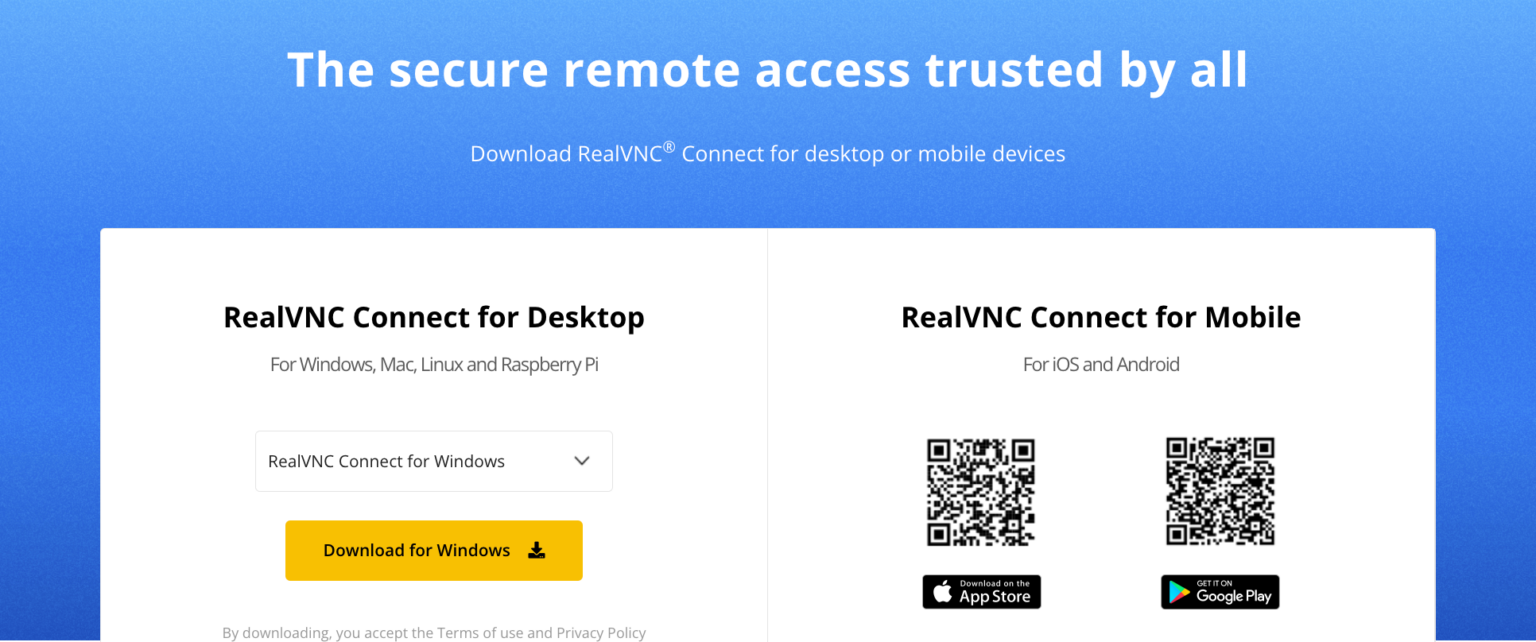In an increasingly interconnected world, where devices are becoming smarter and more integrated, have you ever considered the ease with which you can manage and control your "Internet of Things" (IoT) devices from the comfort of your home or, indeed, anywhere in the world? The answer, surprisingly, is often within reach, thanks to technologies that allow for secure and efficient remote access to your devices, unlocking a new realm of control and convenience.
The modern landscape of technology is defined by an exponential growth in interconnected devices, with the "Internet of Things" (IoT) spearheading this transformation. IoT devices, ranging from smart home appliances to sophisticated industrial sensors, are designed to collect, exchange, and analyze data, and this capability hinges on the ability to be remotely managed and accessed. However, the inherent challenge is that many IoT devices are deployed behind firewalls and NAT routers, restricting their accessibility from external networks. To solve this, we are going to discuss about one of the most widely used technology which offers an effective solution, allowing users to connect and control the GUI (Graphical User Interface) desktops of their IoT devices and Raspberry Pis. This opens up a world of possibilities: running applications, editing files, and interacting with your IoT devices as if you were physically present, no matter the distance.
Let's dive deeper into the world of this technology which makes remote access a reality, ensuring that your IoT ecosystem remains manageable, secure, and always within your reach.
The heart of this technology lies in using Virtual Network Computing (VNC). VNC is a powerful and versatile protocol, which provides an innovative approach to accessing and controlling remote computers. It operates on a client-server model: a VNC server is installed on the device you want to control (such as an IoT device or Raspberry Pi), and a VNC viewer is installed on the device you'll use to control it (another computer, tablet, or mobile phone). The server transmits the remote computer's screen to the viewer, adhering to the standards of the RFB protocol, which dictates how this communication occurs.
VNC, in its essence, provides a window into your IoT device, enabling you to perform a multitude of tasks. You can launch applications, modify files, and interact with the system just as you would if you were physically present. This is particularly advantageous for troubleshooting, software updates, and overall device management. Furthermore, solutions like SocketXP offer remote desktop access, providing a seamless way to connect to the GUI desktop of your IoT device or Raspberry Pi. This effectively allows you to access and manage any desktop application running on your IoT device.
The utilization of VNC combined with SSH tunneling, especially when facilitated by tools like Pinggy, enhances security and efficiency. SSH tunneling encrypts the data transfer between the client and server, providing a secure channel for remote access. Pinggy, in this context, provides a public URL that allows you to connect to your VNC server, even if your IoT device is behind a NAT router or firewall.
For many, the key is the availability of free VNC solutions. VNC Connect for IoT devices provides seamless remote access and control without incurring significant costs. This makes it an ideal choice for those who are just starting out.
Remote access has become very crucial, several solutions enable this capability. Xrdp, for instance, simplifies remote access to your IoT devices. A VNC server installed on the remote computer is paired with a VNC viewer on the controlling device, ensuring easy and straightforward access.
Considering the myriad benefits, VNC is a vital component of efficient and secure IoT device management.
Here's a breakdown of the key aspects and benefits:
- Remote Access: VNC allows you to access your IoT devices from anywhere in the world.
- Full Desktop Control: You can run applications, edit files, and interact with your IoT device as if you were in front of it.
- Security: Secure access is possible through SSH tunneling and other security measures.
- Free Solutions: There are many free VNC options for your IoT setup.
- Ease of Use: Simplified remote access and control with solutions like Xrdp.
However, the landscape isn't without its challenges. Accessing IoT devices behind NAT routers and firewalls can be difficult. However, solutions like SocketXP's IoT remote access solution come into play, providing a secure way to remotely connect to the GUI desktop.
Step-by-Step Guide to Remote Access with VNC
Heres a practical guide to setting up remote access using VNC, which is the most convenient method:
- Choose Your VNC Server:
Select a VNC server compatible with your IoT device or Raspberry Pi. TightVNC is a popular choice for Raspberry Pi due to its lightweight nature. Other options include RealVNC and TigerVNC.
- Install the VNC Server:
Install the chosen VNC server on your IoT device or Raspberry Pi. For TightVNC, you can typically use the command `sudo apt-get install tightvncserver` on Debian-based systems.
- Configure the VNC Server:
After the installation, start and configure the VNC server. Set a secure password when prompted. The server will listen on a specific port (typically 5901).
- Set up Port Forwarding or SSH Tunneling:
If your IoT device is behind a router, configure port forwarding to direct traffic on port 5901 to the device's local IP address. Alternatively, use SSH tunneling for a more secure connection. Tools like Pinggy simplify this process by providing a public URL for access.
- Install a VNC Viewer:
Install a VNC viewer on your device (computer, tablet, or phone) from which you will access the IoT device. Popular options include RealVNC Viewer, TightVNC Viewer, and others available on various platforms.
- Connect to Your Device:
Open the VNC viewer and enter the IP address or the public URL (provided by Pinggy or similar services) followed by the port number (e.g., `your_ip_address:5901` or `public_url:5901`). Enter your VNC password when prompted.
- Remote Desktop Access:
Once connected, you'll have full remote access to the desktop environment of your IoT device. You can then run applications, manage files, and control your device remotely.
Security Tips and Best Practices
Remote access comes with its own set of security considerations. Implementing best practices can significantly enhance the security posture of your devices:
- Strong Passwords: Use strong, unique passwords for VNC access.
- SSH Tunneling: Employ SSH tunneling to encrypt the VNC connection.
- Firewall Configuration: Configure firewalls to restrict access to VNC ports.
- Regular Updates: Keep your VNC server and viewer software updated.
- Two-Factor Authentication: Consider implementing two-factor authentication.
- Network Segmentation: Segment your network to isolate IoT devices.
By integrating these practices, you can leverage the benefits of remote access while reducing potential security risks.
In conclusion, VNC offers an effective and versatile solution for remote access to IoT devices. With the right tools and configuration, you can ensure secure, easy management, allowing for control and monitoring from anywhere in the world. From beginners to tech enthusiasts, VNC provides a solution for accessing and controlling IoT devices.


